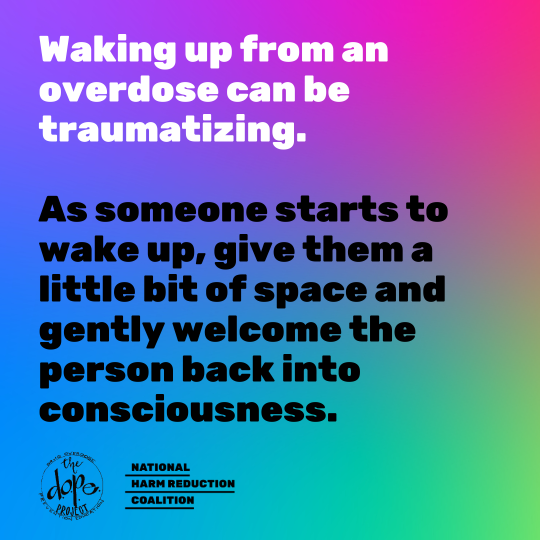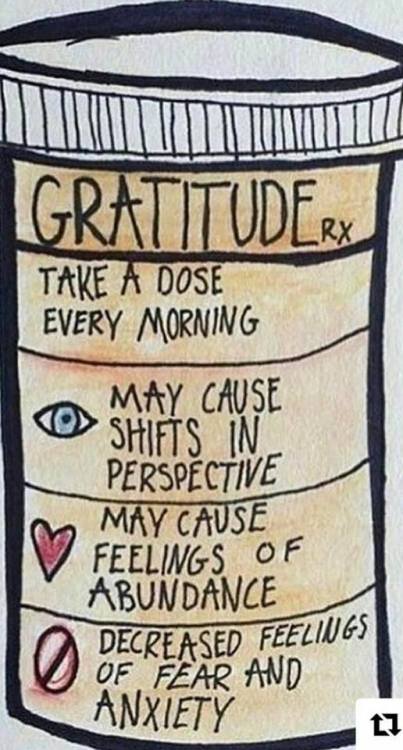#overdose

She it’s nymphomaniac and adictived.
“I told her smoking was bad and she whispered in my ear that I was too, calling me a drug and I told her not to overdose, but she said I hope I do.”— AP (via 6ampoet)
Trailer for my new indie animated short film about information overdose
This film took me two years of my free time and finally it will be premiered and shown on festivals! Horray! Next step in my bio is done, and i’m ready for new projects!
POKÉMON X FRAGMENT DESIGN X BACCARAT $27K GLASS PIKACHU
It will have a limited edition of 25 units and is made of Baccarat crystal by the artist Hiroshi Fujiwara
Post link
Hublot’s $790,000 Big Bang Integral Tourbillion Rainbow!
18 karat yellow gold or white gold and is set with nearly 36 carats of various gems. The 484 invisible baguette-set stones on the watch evoke the seven shades of the rainbow’s spectrum. Among them are rubies, amethysts, topaz, and tsavorites, as well as pink, yellow and orange sapphires.
This article was not sponsored or supported by a third-party. Massive Luxury Overdose is not affiliated with any individuals or companies depicted here.
Post link

The U.S. government’s current strategy of trying to restrict the supply of opioids for nonmedical uses is not working. While government efforts to reduce the supply of opioids for nonmedical use have reduced the volume of both legally manufactured prescription opioids and opioid prescriptions, deaths from opioid overdoses are nevertheless accelerating. Research shows the increase is due in part to substitution of illegal heroin for now harder-to-get prescription opioids. Attempting to reduce overdose deaths by doubling down on this approach will not produce better results.
Policymakers can reduce overdose deaths and other harms stemming from nonmedical use of opioids and other dangerous drugs by switching to a policy of “harm reduction” strategies. Harm reduction has a success record that prohibition cannot match. It involves a range of public health options. These strategies would include medication-assisted treatment, needle-exchange programs, safe injection sites, heroin-assisted treatment, deregulation of naloxone, and the decriminalization of marijuana.
Though critics have dismissed these strategies as surrendering to addiction, jurisdictions that have attempted them have found that harm reduction strategies significantly reduce overdose deaths, the spread of infectious diseases, and even the nonmedical use of dangerous drugs.






We recently had the pleasure of speaking with The DOPE Project (Drug Overdose Prevention and Education) team about what to do and say after you’ve used naloxone to reverse an overdose from opioids.
Experiencing a medical emergency like an overdose is traumatic and we can support people returning to consciousness with kindness and without judgment.
ID: Tiles with rainbow gradient and large type: WELCOME BACK
What to say after you respond to an overdose with naloxone.
Waking up from an overdose can be traumatizing. As someone starts to wake up, give them a little bit of space and gently welcome the person back into consciousness.
“Hi, friend. I’m [name] and I just had to give you Narcan. I’m sorry you don’t feel good. Sit up when you’re ready. You’re safe. I’m glad you’re alive. I’ve got you.”
Repeat until the person is fully awake. If they are disoriented, give them more space. If they want to leave, don’t try to make them stay. Try to stay with the person for 90 minutes and remember to take care of yourself as well.
After a medical emergency like an overdose, it is not the time for: Arguing, Shaming, or Shouting.
When we are gentle with others, we also learn to be more gentle with ourselves.
My patient was in pain. I didn’t know whether to believe him
For the first time during his hospital stay, his pain became real to me, and I realized I had wronged my patient by not taking his complaints more seriously. We gave him an opioid for his pain, and, slowly, the pain in his finger improved.
We’re taught in medical school not to undertreat pain, yet we do it too often in our zeal to not promote addiction. But many people who misuse opioids started out seeking pain treatment. We’re not doing enough, but what more can we do?
Don’t get me wrong. We absolutely need to continue to ask questions. We need to be more responsible when we prescribe these powerful drugs. And, yes, we need to remain vigilant for any signs of drug-seeking behavior.
That said, we have to be a little more trusting of our patients when it comes to their pain. Getting better control of their pain may help them recover faster and stay healthier longer.
With the opioid overdose epidemic, there is a palpable resurgence of very conservative pain management. We need to recognize that some people need opioids for pain management. Ultimately, substance use disorders and overdose are largely driven by disconnection, trauma, and stigma surrounding drug use, not the drugs themselves. Let’s evaulate and change the environments within which people are using drugs (i.e. address the social determinants of health, including employment, education, housing, and income). Limiting the conversation to restricting people’s access to medications obstructs a larger conversation on how our environments shape health behaviours.
Post link
Sapevo ascoltare e avevo sempre un consiglio pronto. Ero un sacco forte quando si trattava dei problemi degli altri. Solo con i miei non ne venivo a capo.
Noi, i ragazzi dello zoo di Berlino






















